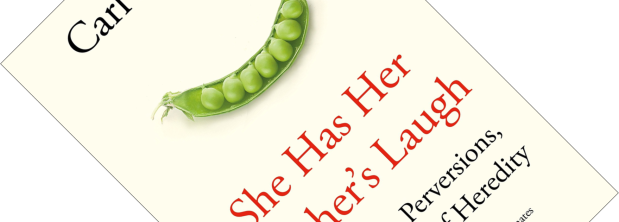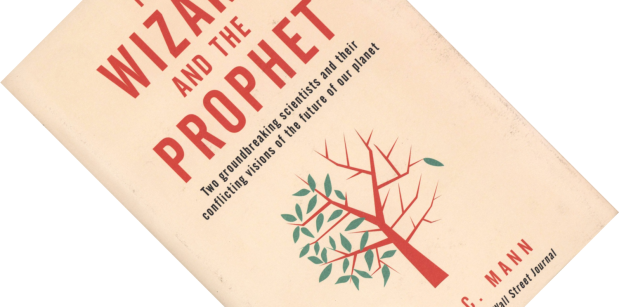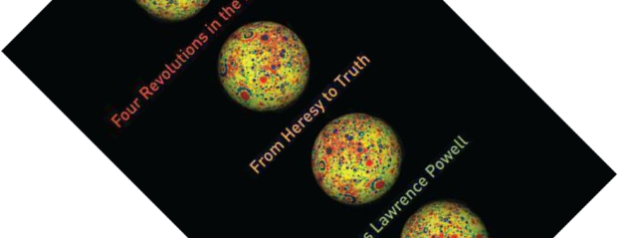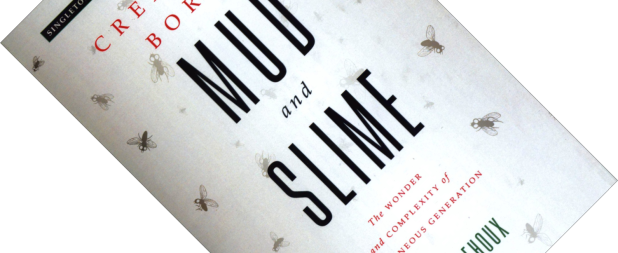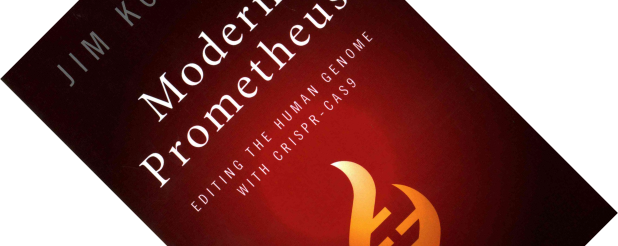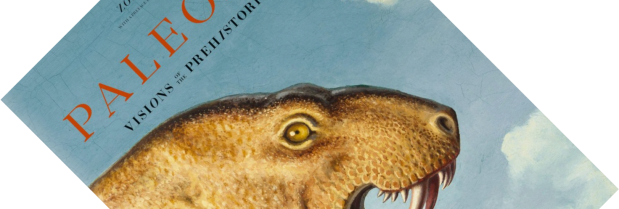If Charles Darwin were to walk into my office today and ask me: “So, what did I miss?” I think I would sit the good man down with a copy of She Has Her Mother’s Laugh, telling him: “Here, this should get you up to speed”. Darwin struggled to explain how traits were being inherited from generation to generation. As New York Times columnist Carl Zimmer shows in this wide-ranging book, the story of heredity has turned out to be both diverse and wonderful, but has also been misappropriated to prop up some horrible ideologies.
history of science
Book review – The Wizard and the Prophet: Two Remarkable Scientists and Their Conflicting Visions of the Future of Our Planet
If I asked you to propose solutions to some of the world’s problems and future challenges, things such as overpopulation, food production, hunger, soil erosion, resource depletion, energy production etc., what ideas would you put forth? Most likely, your proposals would build on the intellectual legacy of two men you have never heard of. Allow American journalist and writer Charles C. Mann to introduce you to ecologist William Vogt, father of the environmental movement, and Nobel-Peace-Prize-winning plant breeder Norman Borlaug, instigator of the agricultural Green Revolution.
Book review – Four Revolutions in the Earth Sciences: From Heresy to Truth
Try as we might, science is very much the work of human beings with all their foibles. As such, scientific advances aren’t always straightforward and can run into opposition within scientific circles when new ideas run counter to currently established ones. In Four Revolutions in the Earth Sciences, American geologist James Lawrence Powell demonstrates this by taking the reader through the history of four ideas in the earth sciences that initially weren’t accepted. This was a book I very much wanted to read.
Book review – Creatures Born of Mud and Slime: The Wonder and Complexity of Spontaneous Generation
Spontaneous generation, the idea that life can arise out of non-living matter, is both alive and dead today. Current science accepts the idea that at some point in the distant past, complex self-replicating molecules arose, which formed the starting point of billions of years of unicellular life. But there is an obsolete side to this theory. For millennia, philosophers and scientists believed that all sorts of creatures could arise spontaneously from the mud and slime this book refers to. In the late 1850s, The French microbiologist Louis Pasteur performed experiments that definitively put the nail in the coffin for this idea.
Quite a few books have been written about the later discussions around this theory and its eventual demise (contemporary examples are John Farley’s The Spontaneous Generation Controversy from Descartes to Oparin or James Strick’s Sparks of Life: Darwinism and the Victorian Debates over Spontaneous Generation). Based on a three-part lecture series, this purposefully short book, which is not intended as a complete history, gives a whistle-stop tour of spontaneous generation from Antiquity to 1769. Are you ready?
Book review – Patrons of Paleontology: How Government Support Shaped a Science
The Life of the Past series of Indiana University Press has got to be one of my favourite book series on palaeontology. Coming to think of it, it is probably also the only book series written for a wide audience on palaeontology that I can think of (cue the comments that will prove me wrong…). Jane P. Davidson has previously written A History of Paleontology Illustration in this series (Indiana UP, I like how you harked back to the cover design of that book with this book). With the current book, she takes a look at the financial supporters of this discipline, and how their support has shaped the science. Sounds like a fairly esoteric topic, yet my interest was piqued.
Book review – Modern Prometheus: Editing the Human Genome with CRISPR-Cas9
After recently reading Doudna & Sternberg’s book A Crack in Creation, this book was the next one I wanted to read to learn more about CRISPR-Cas9, the new technique to edit genetic material that has been taking the world by storm. As it turns out, it was the right order to read the books in. If you have not heard of CRISPR before, I recommend you have a look at my review of Doudna’s book first.
Book review – Paleoart: Visions of the Prehistoric Past, 1830-1980
Palaeoart (not to be confused with Palaeolithic art, i.e. cave paintings) has a long and rich history of artworks that have helped us imagine the prehistoric past, from dinosaurs and mammals to cavemen. As an art genre though, it is largely ignored and looked down upon a bit, popular as these images are with children and the unwashed masses. This book aims to set the record straight and celebrate a carefully curated selection of palaeoart covering some 150 years, from the first works in the 1830s up to the 1980s. The book calls itself a two-fold time machine. Or, to paraphrase American artist Walton Ford in his preface, the book is a look back in time at what looking back in time looked like.
Book review – Discovering the Mammoth: A Tale of Giants, Unicorns, Ivory, and the Birth of a New Science
“Grey as a mouse,
Big as a house,
Nose like a snake,
I make the earth shake, […]”
– J.R.R. Tolkien, The Lord of the Rings, The Two Towers, “The Black Gate is Closed”
Even Hobbits knew about elephant-like creatures. But, not so long ago, we didn’t. This book starts off with a striking realisation. Our distant ancestors lived with mammoths, using their meat, hides and bones, possibly even overhunting them to extinction. Despite having lived side-by-side with these large, majestic creatures, somewhere along the line we forgot what they were – the details of their identity not being passed down the generations and gradually fading from our stories, our myths and legends, and, finally, from our collective memory. Even though their remains were with us through the millennia, we forgot the mammoth. In turn, their remains fueled new myths and legends, from the Greek Cyclops and Titans, to Chinese dragons, the Biblical giants, and the Siberian idea of giant burrowing moles that would die upon exposure to air. How do you reconstruct the identity of a creature for which your frame of reference is gone?

